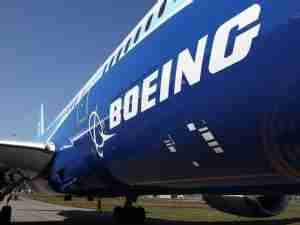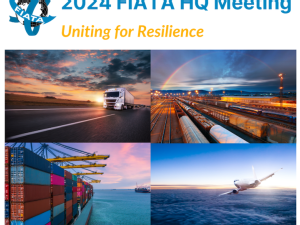Landing at wrong airport can be ‘catastrophic’
By: Reuters | Mar 27 2014 at 06:30 PM | Air Cargo
The U.S. National Transportation Safety Board issued a safety alert on how airplane pilots can avoid landing at the wrong airport, after recent incidents when planes landed on much shorter runways than their intended destinations.
"All of us have experienced a loss of situational awareness at some time, but the consequences for pilots mistaking a nearby airport for the intended one, or landing on the wrong runway or a taxiway, can have catastrophic consequences," said NTSB chairman Deborah Hersman.
In January, a Southwest Airlines Boeing 737-7H4 airplane landed at the wrong airport in Branson, Missouri, after an early evening flight from Chicago.
"The airplane stopped at the end of the 3,738-foot runway after a hard application of the brakes," the NTSB said. The intended airport has a 7,140-foot runway.
In November, a Boeing 747-400LCF cargo plane coming from New York's Kennedy Airport landed on a 6,100-foot runway in Wichita, Kansas, instead of the 12,000-foot strip at its intended airport 12 milesaway.
Those two incidents are still under investigation, said the NTSB, an independent federal agency responsible for investigating civil transportation accidents.
Air traffic controllers may not detect a wrong airport landing in time to intervene because of workload issues or limitations in radar coverage, the agency said.
The alert outlined five measures pilots can take to avoid a wrong airport landing, involving "adequate preparation, robust monitoring and cross checking of position using all available resources."
Flight crews should use extra vigilance at night and when approaching destination airports when there are other airports nearby, the NTSB added. (Reuters)











